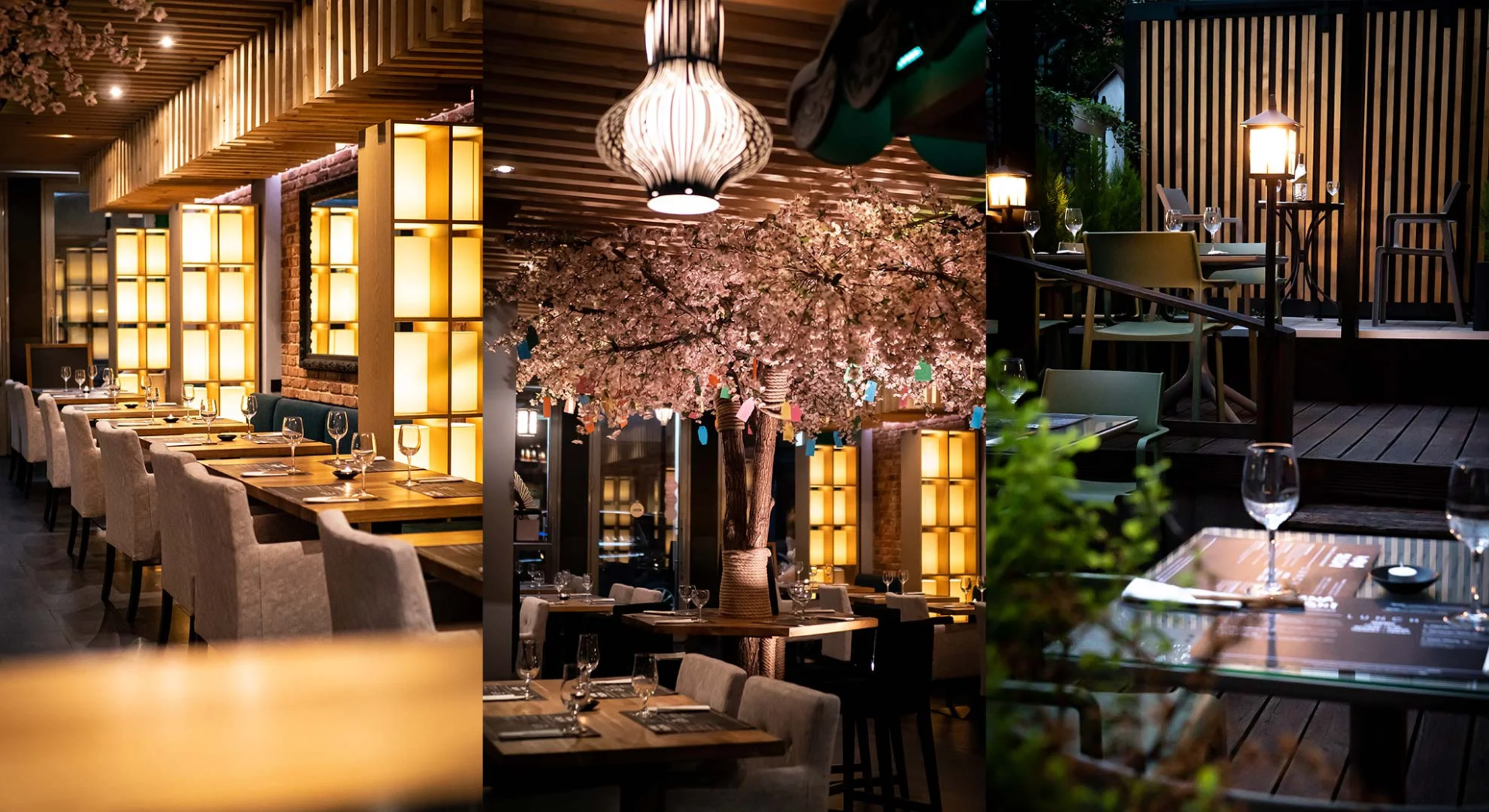Recommended sushi restaurants in Poland
Characteristics of Poland’s Cuisine
Poland: A Fusion of History, Culture, and Nature’s Charm
Poland, located in Central Europe, has a population of about 38 million people. It is known for its rich history and culture, as well as its beautiful natural landscapes.
Founded in the 10th century, Poland flourished as a major power in Eastern Europe during the 15th to 17th centuries. However, it also experienced periods of hardship, including being erased from the map for 123 years due to invasions by neighboring countries. After World War II, it came under Soviet control but achieved democratization in 1989. Today, as a member of both the EU and NATO, Poland continues to develop steadily.
Warsaw, the capital, was devastated during World War II but has been beautifully rebuilt. Its Old Town is a UNESCO World Heritage Site, offering a glimpse into the city’s medieval past.
Poland is also renowned for producing world-famous artists and scientists, such as Frederic Chopin and Nicolaus Copernicus.
In recent years, Poland has seen significant economic growth and has become a popular tourist destination, offering a blend of beautiful nature, history, and culture for those looking to explore.
A Thousand Years of Overcoming Adversity and Glory
The history of Poland is a grand narrative of triumphs and hardships since its foundation in the 10th century.
After a period of prosperity and expansion, it became one of Europe’s leading powers in the 16th century. However, it later faced invasions that led to the nation’s disappearance.
Following World War II, Poland regained independence but fell under Soviet influence. Despite this, the Polish people never lost hope and achieved freedom through the democratic revolution in 1989.
Today, Poland is experiencing economic growth and plays a significant role in the European Union.
Poland’s history tells the story of its resilient and determined people, filled with hope for the future.
Tradition and Diversity in Polish Cuisine
Polish cuisine, influenced by both Eastern and Western Europe, boasts rich traditions and diversity. Staple foods include bread and potatoes, with a wide use of meat and dairy products.
Characteristic Dishes:
- Pierogi: A quintessential Polish dish of dumplings filled with various ingredients.
- Bigos: A sour stew made with meat, cabbage, mushrooms, etc.
- Żurek: A soup made from fermented rye flour, often served with sausage or eggs.
- Sauerkraut: Fermented cabbage used in stews and soups.
Background of Cuisine:
Poland has been influenced by various cultures throughout its history, leading to distinctive regional dishes. Its cold climate has also contributed to the development of preserved foods.
Modern Polish Cuisine:
Besides traditional dishes, Western-style cuisine is also popular. There is an increasing availability of vegetarian and vegan options.
A Unique Evolution of Tradition and Innovation in Polish Sushi Culture
Recently, sushi has become incredibly popular in Poland, leading to a unique evolution distinct from its Japanese origins. Polish sushi often includes a wide variety of ingredients, from traditional seafood to avocados, cream cheese, and even fruits like bananas and strawberries.
Sushi rice in Poland is frequently mixed with mayonnaise or ketchup, creating surprising combinations for Japanese palates.
Moreover, sushi in Poland is not viewed as a luxury but as a casual snack. It is readily available in supermarkets, making it easy to enjoy anytime.
Enchanting Polish Specialty Products Where Tradition and Craftsmanship Meet
Poland is home to numerous specialty products, nurtured by its rich natural resources, history, and culture.
- Amber: A gemstone from the Baltic Sea coast, known for its mystical glow and warmth. Available in various products like jewelry and ornaments.
- Bolesławiec Pottery: Handmade pottery famous for its warmth and vibrant colors. Offers a wide range of patterns, from traditional to modern.
- Polish Tableware: Distinguished by delicate paintings and elegant designs. Available in various price ranges, from luxury to everyday use.
- Wódka: Poland’s signature distilled spirit, made from rye or potatoes, known for its clear taste. Often used in cocktails.
- Żubrówka: A vodka containing bison grass, offering a unique flavor and smooth taste. Enjoyed as an aperitif or digestif.
- Polish Sausages: Known for their variety and satisfying taste. Versatile in cooking, they can be grilled, added to soups, or stews.
- Cheese: Poland offers a variety of cheeses, including those made from sheep or goat milk, perfect with wine.
- Piernik: Traditional Polish gingerbread, known for its spiced flavor, especially popular during the Christmas season.
Polish specialty products reflect the heart and craftsmanship of Poland, making them perfect gifts or souvenirs.


